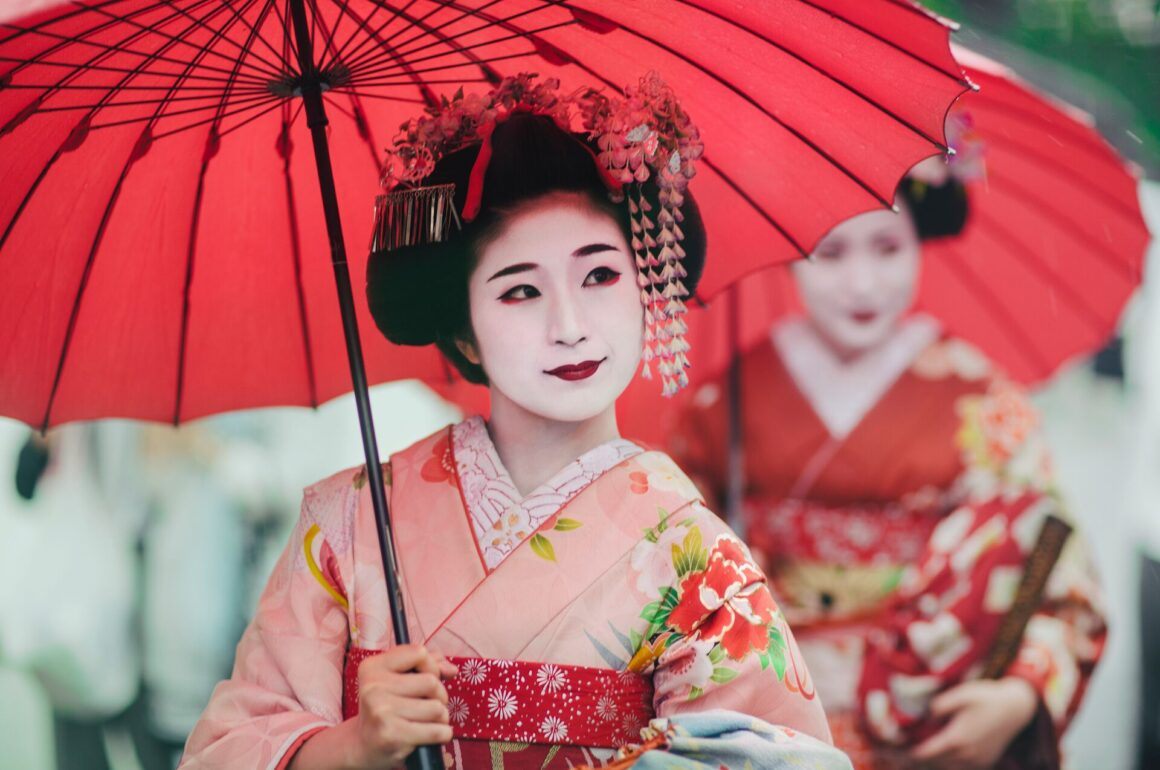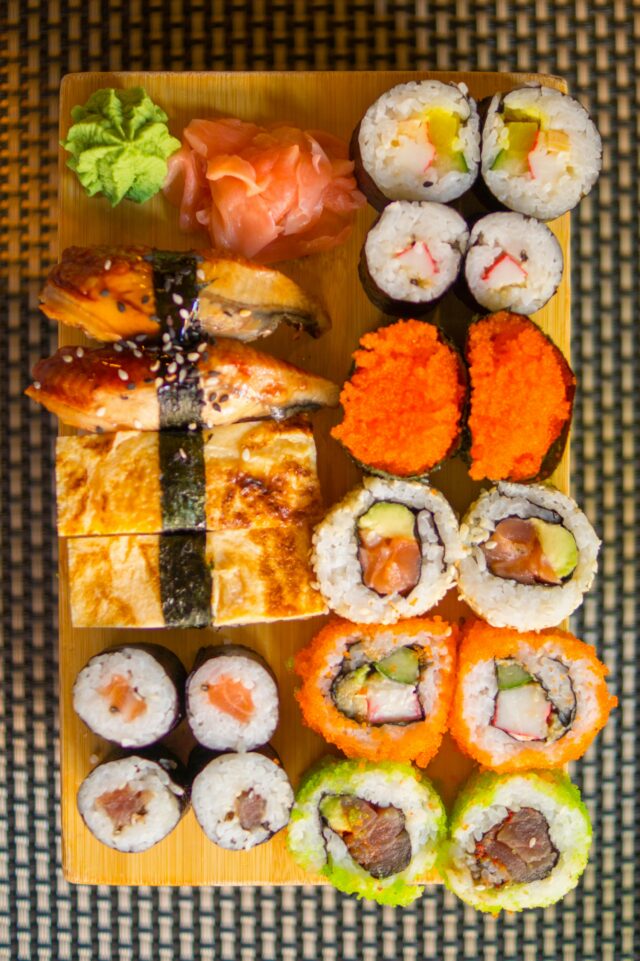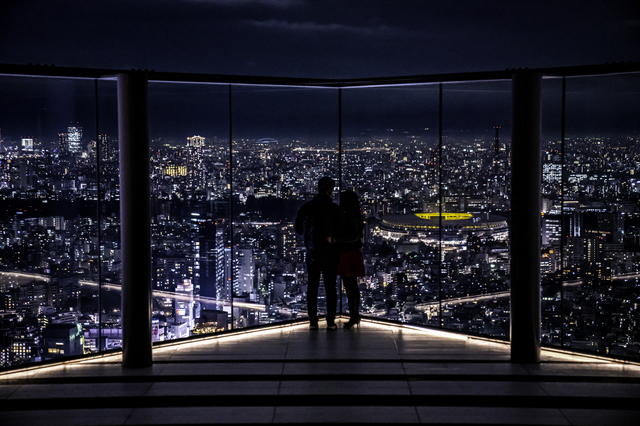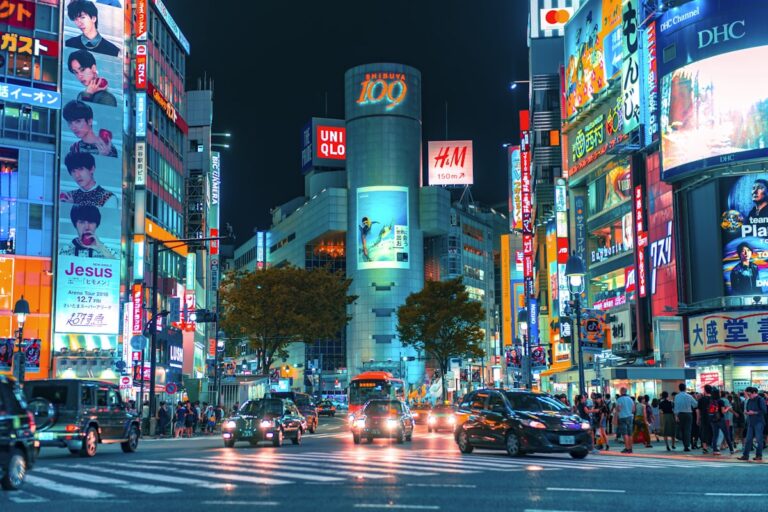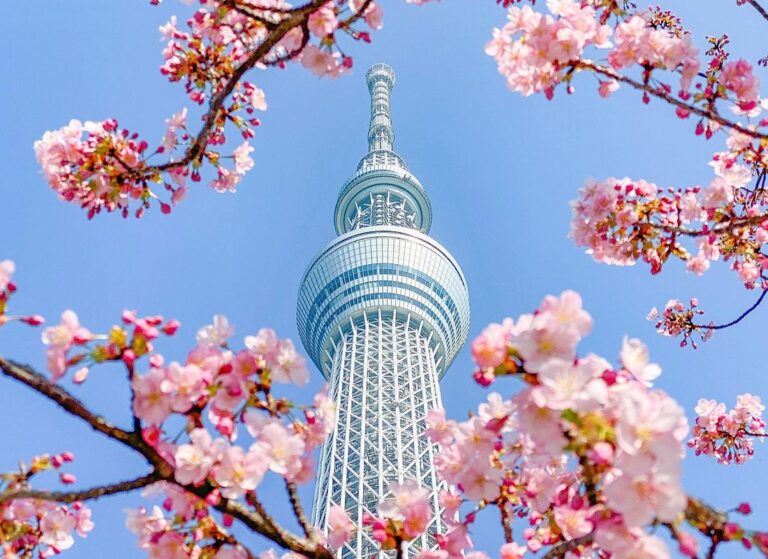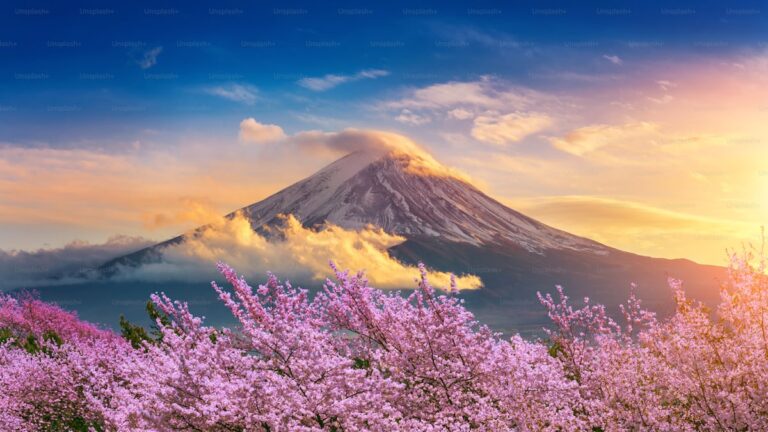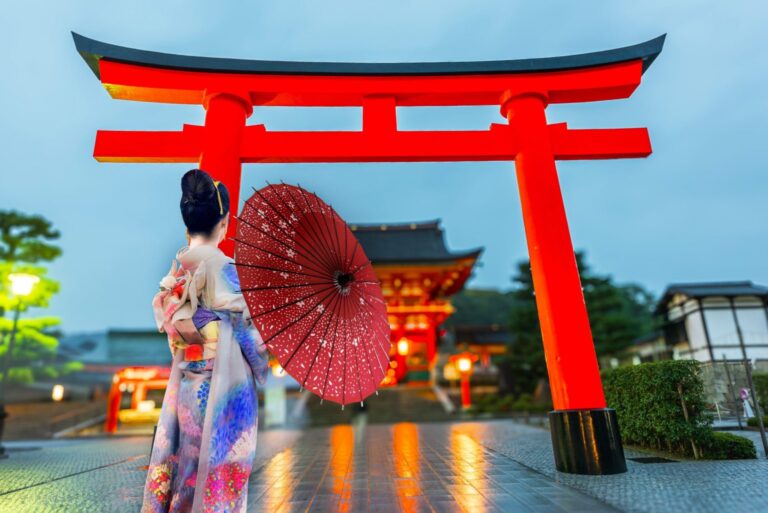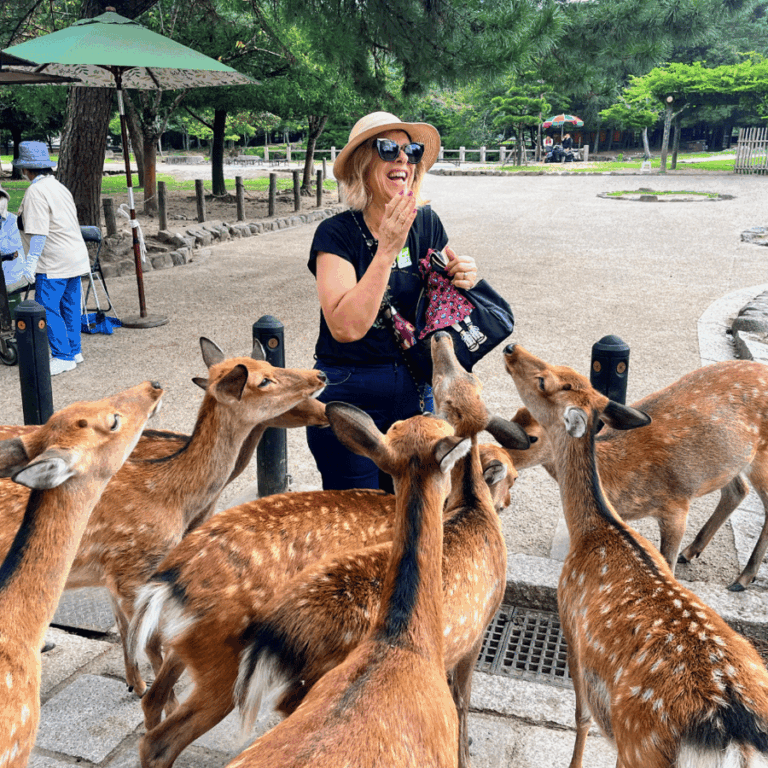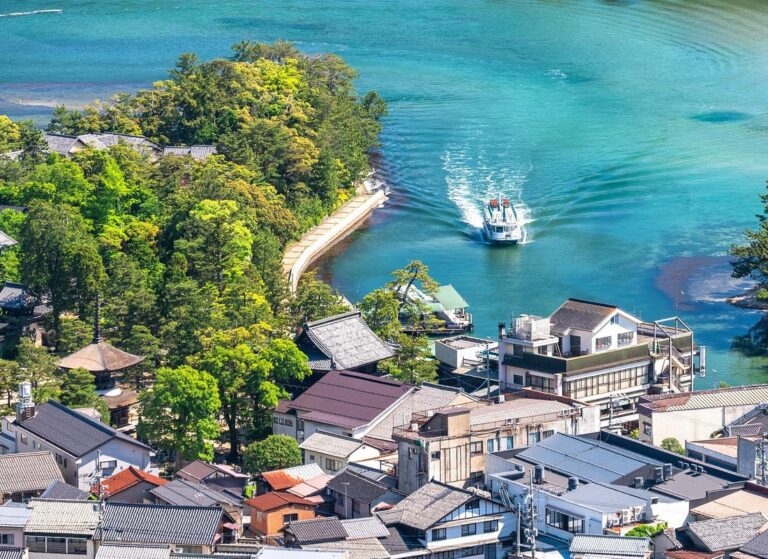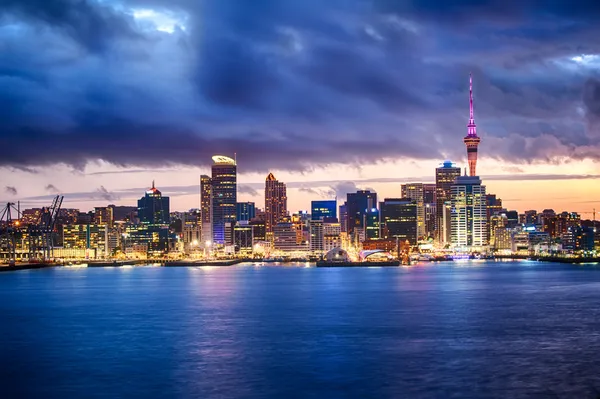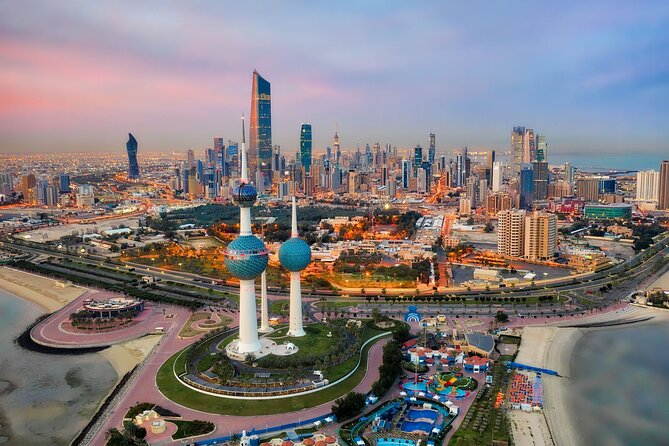JAPAN ESCAPE
- Information
- Tour Plan
- Location
- Gallery
- Additional Info
- Similar Tours
What's included
The Culture
Hospitality:
Japanese hospitality, known as omotenashi, is rooted in anticipation of guests’ needs without expecting anything in return. From hotel staff to taxi drivers, expect politeness, punctuality, and extraordinary attention to detail in service.
Customs and Etiquette:
Bowing is the standard form of greeting and shows respect. Always remove your shoes before entering a home or certain traditional inns (ryokan) and temples. Silence is valued in public transport. It’s considered rude to eat or talk loudly on trains. Respect for hierarchy and elders is central to Japanese behavior. Modest clothing is appreciated, especially in temples and shrines.
Festivals and Celebrations:
-
Hanami (March–April): A springtime tradition of enjoying cherry blossoms in full bloom, especially popular in Tokyo and Kyoto parks.
-
Gion Matsuri (July): Kyoto’s most famous festival, with grand parades and floats.
-
Obon (August): A Buddhist event honoring ancestors, often with lanterns and traditional dances (bon odori).
Traditional Food
Traditional Dishes:
-
Sushi & Sashimi: Fresh seafood served raw or atop vinegared rice.
-
Ramen: Noodle soup in a variety of broths (shoyu, miso, tonkotsu).
-
Okonomiyaki: Savory pancakes, popular in Osaka.
-
Takoyaki: Fried octopus balls, another Osaka specialty.
-
Tempura: Lightly battered and deep-fried seafood or vegetables.
-
Kaiseki: A multi-course meal emphasizing seasonal ingredients and presentation.
Beverages:
-
Green Tea (Matcha): Deeply ingrained in Japanese culture and tea ceremonies.
-
Sake: Traditional rice wine, served hot or cold.
-
Shochu: A stronger distilled spirit, often enjoyed on the rocks or with water.
-
Calpis, Ramune, and Japanese bottled teas are widely available and refreshing.
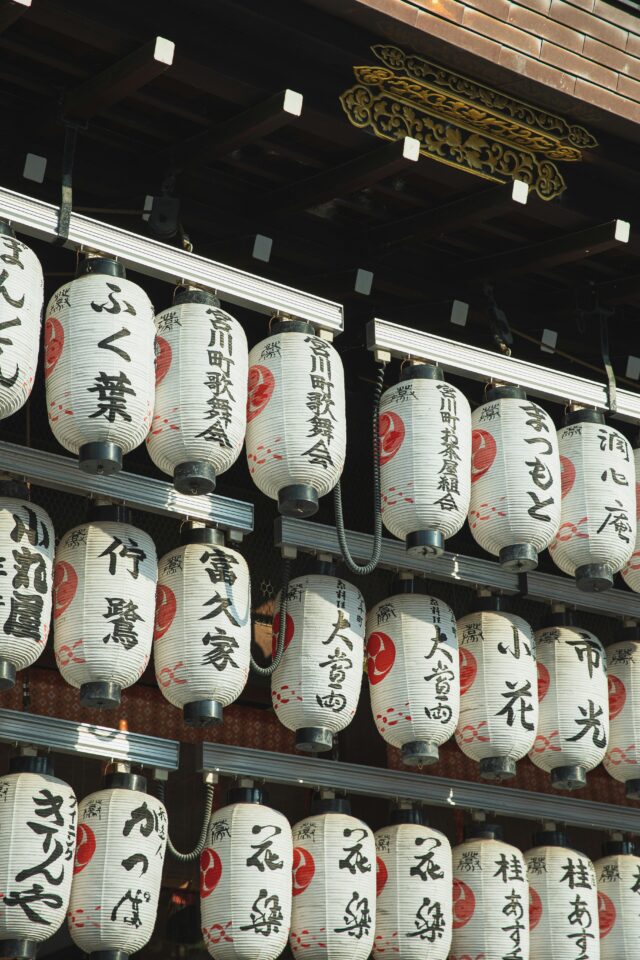
Rich History
Ancient Civilizations:
Japan’s early culture emerged during the Jomon and Yayoi periods, developing unique art forms like pottery and early Shinto beliefs.
Feudal Japan:
From the 12th to 19th century, Japan was ruled by shoguns, with samurai as the military nobility. Kyoto served as the imperial capital, while castles like Osaka’s stood as regional strongholds.
Edo Period (1603–1868):
A time of cultural refinement, peace, and isolation from the West. Kabuki theater, tea ceremonies, and woodblock prints (ukiyo-e) flourished.
Meiji Restoration & Modern Era:
In 1868, Japan rapidly modernized and industrialized, adopting Western technology while retaining traditional values. Post-WWII Japan became a global leader in technology, fashion, and culture.
Natural Highlights
Mt. Fuji
Japan’s most iconic peak and a symbol of national pride. Often viewed on the way to Hakone or during day trips from Tokyo.
Arashiyama Bamboo Grove (Kyoto)
A peaceful forest path of towering bamboo stalks — surreal and serene.
Nara Park
Home to freely roaming sacred deer and Japan’s oldest temples like Todai-ji.
Tokyo Skytree
Modern marvel offering panoramic city views.
Shibuya Sky
A high-rise observatory with stunning nightscapes of Tokyo’s neon-lit skyline.
Osaka Bay Area
Where you’ll find Universal Studios Japan, Osaka Aquarium, and the futuristic Umeda Sky Building.
Kiyomizu-dera & Fushimi Inari (Kyoto)
Temples rich with cultural significance, including the iconic red torii gate pathways.
- Japan Scenic Wonders
Japan Reality Escape
More about Asia
More about Japan
More about this tour
Japan is an archipelago of over 6,800 islands characterized by coastal lowlands, rugged mountains, and volcanic activity. Its climate ranges from subarctic in the north to subtropical in the south. Japan is vulnerable to natural disasters, including earthquakes, tsunamis, and typhoons. Known for its technological innovation, high literacy rates, and universal healthcare system, Japan blends ancient traditions with modern efficiency. It has 25 UNESCO World Heritage Sites and 22 items on UNESCO’s intangible cultural heritage list. Japan is globally admired for its cuisine, pop culture, and deep cultural refinement.

